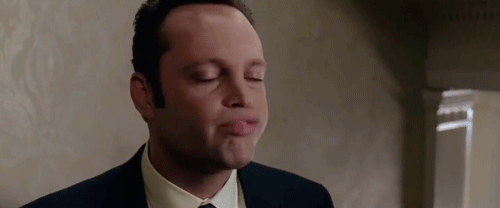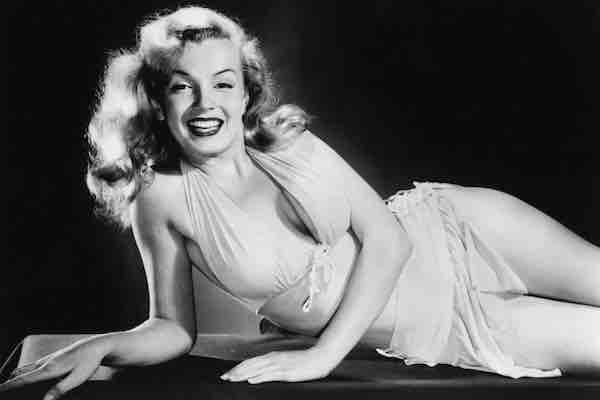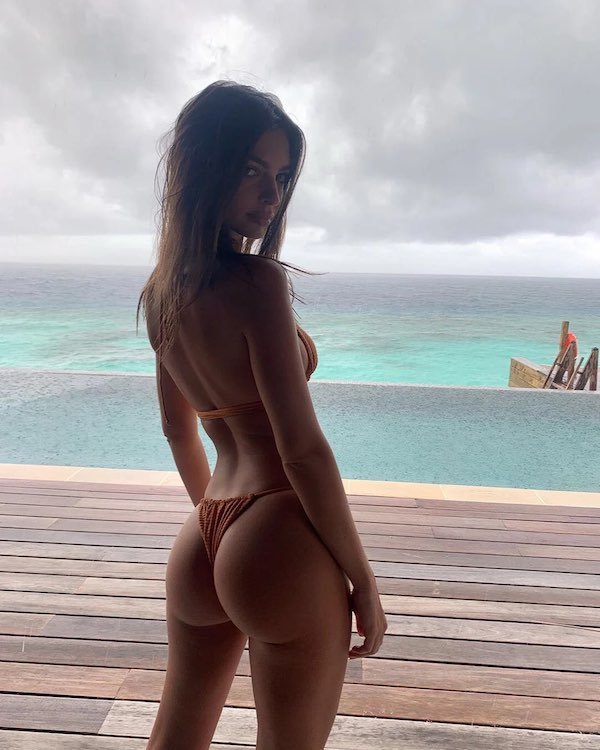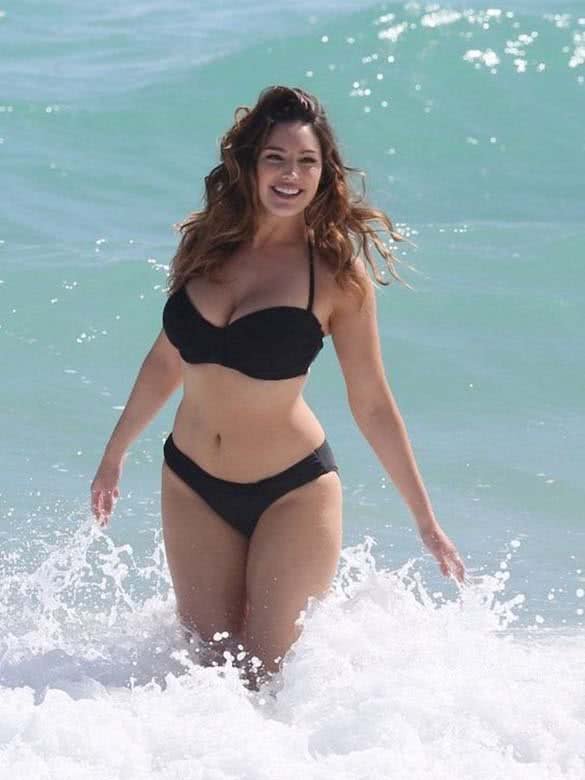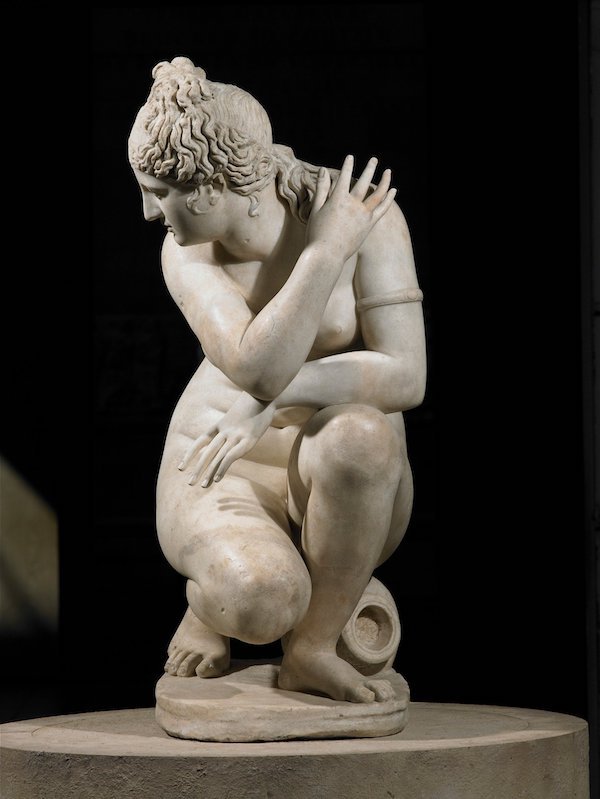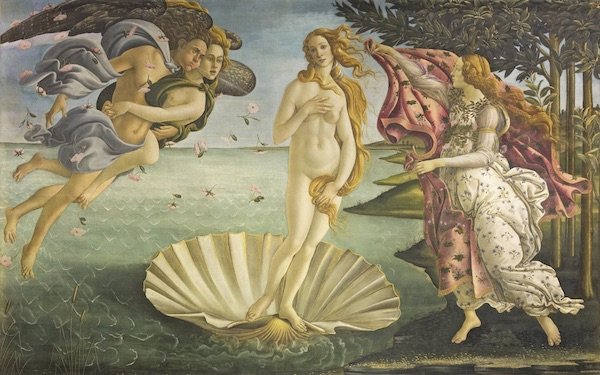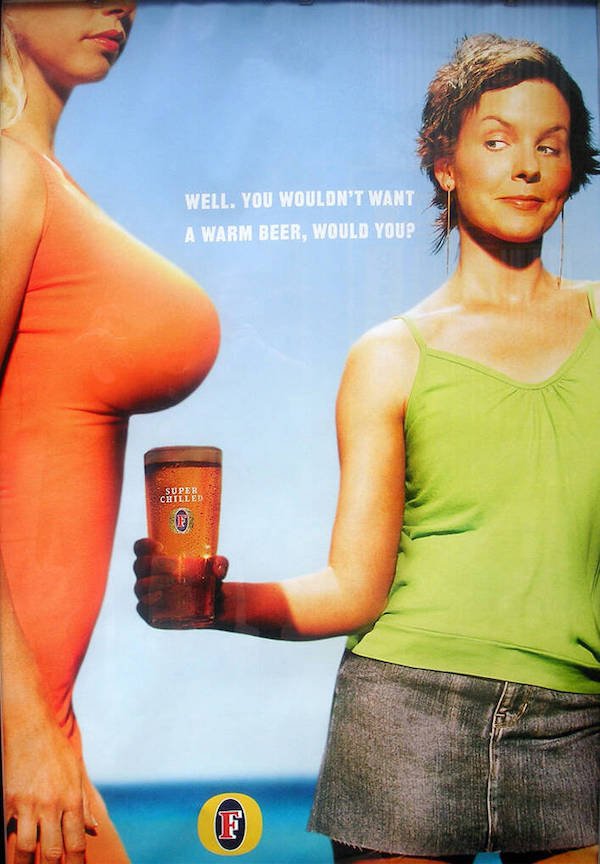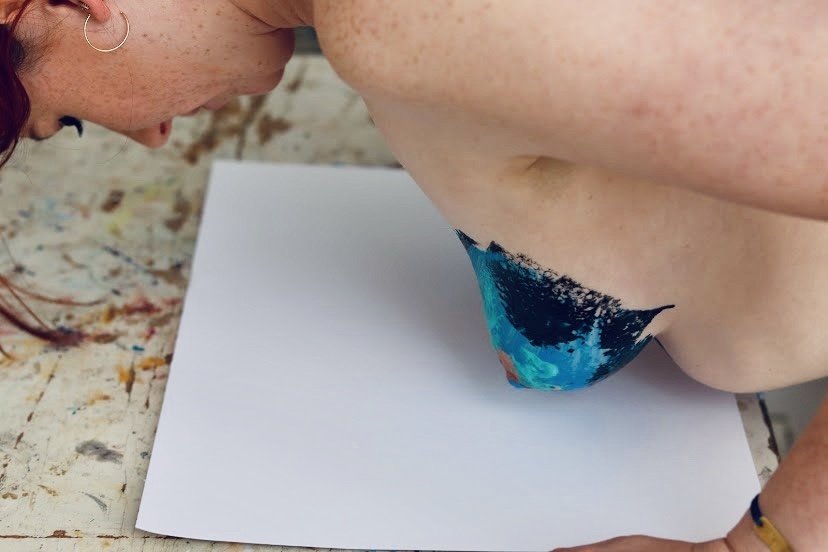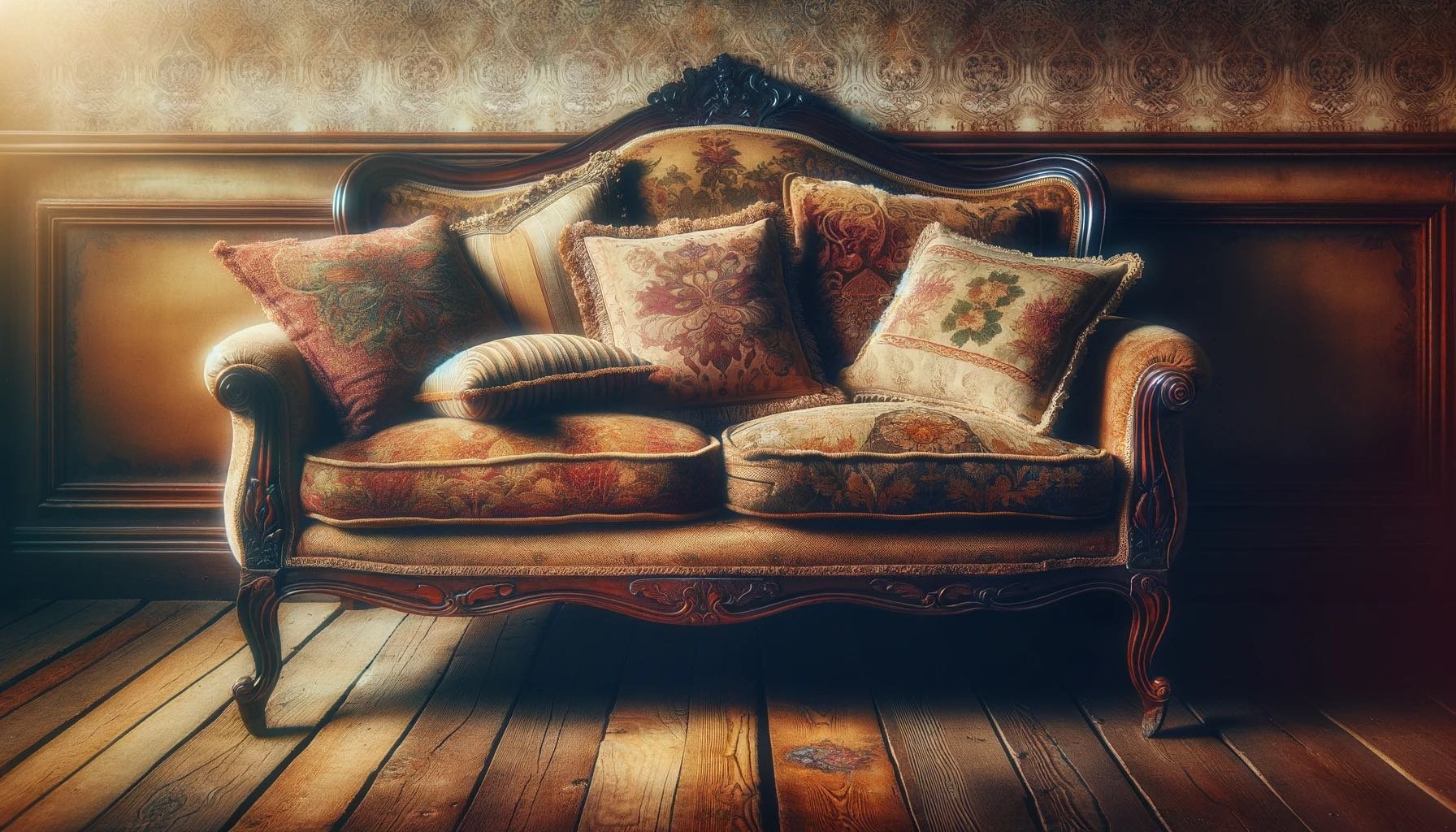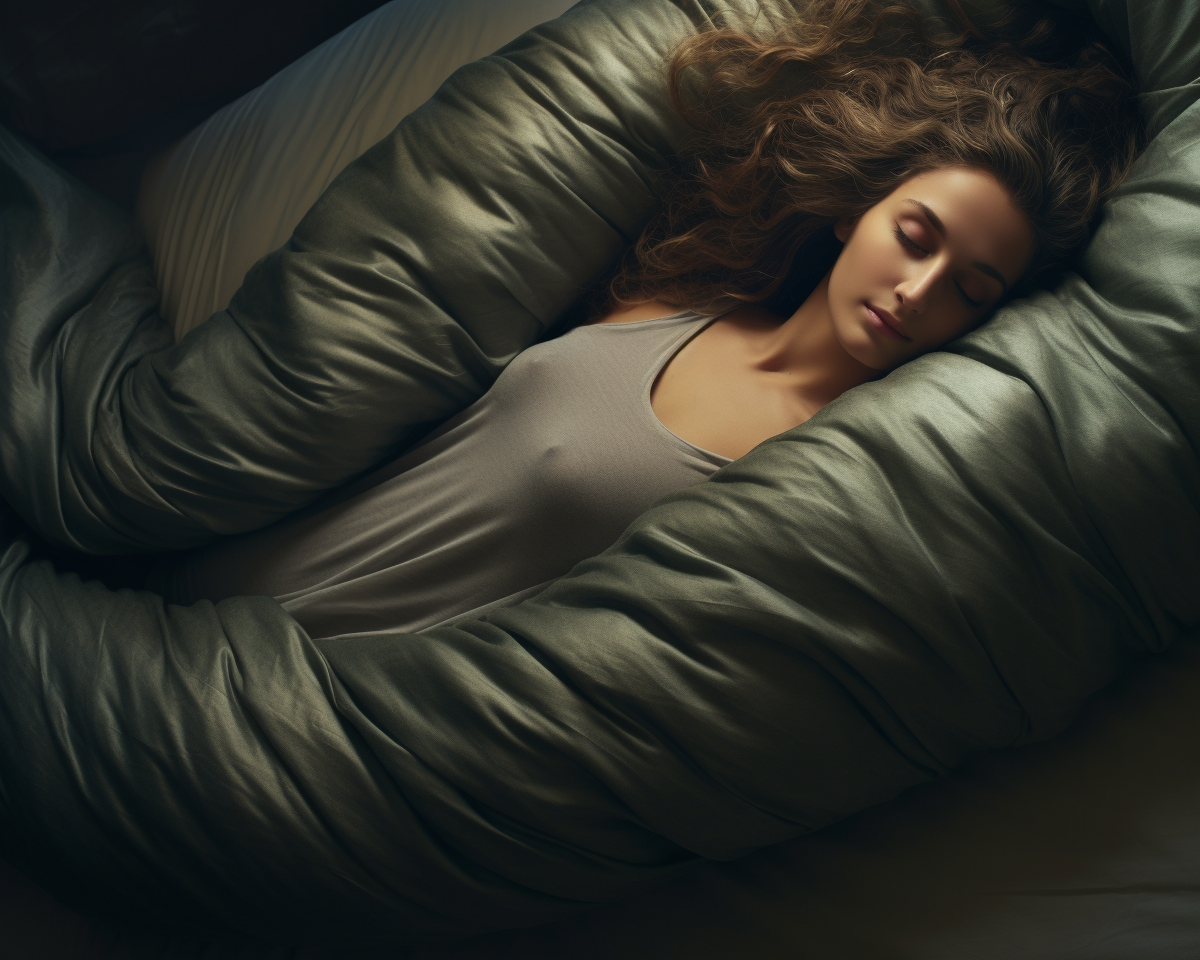Join us as we explore all things boobs. From inception to celebration we're boob lovers and we know you are too. And that's totally ok.
What is a Boob Pillow?
This helpful guide explains everything there is to know about what types of boob pillows exist.
Let’s cut through the noise and be clear about what a boobs pillow is. Is it a pillow with boobs or a pillow for boobs? Or something else? Here’s the scoop.
Premium Boob-Shaped Pillows: These are made of high-density memory foam, are large enough to cuddle or rest your head on and can come with a variety of covers. They’re part comfortable pillow, part attractive boobs to hold and look at. The Booby Pillow is the perfect example of this.
Budget Boob-Shaped Pillows: These are smaller, less expensive and made of lower quality materials. Yes, they’re also attractive to look at but don’t expect any real comfort. They’re purchased more as a gag gift. You’ll find these mostly on Amazon.
Pillows with boobs on them: These pillows are shaped like regular square or rectangular throw pillows. Instead of being boob-shaped they include boob drawings on the cover. This one is a good example.
Breastfeeding Pillows that Support Boobs: This gets into a different type of pillow altogether. These pillows are meant to be worn around the waist, just below the boobs. The baby lays on the pillow and makes it more comfortable for the woman to breastfeed at the boob. Here is a good example.
Massage Pillow that Supports Boobs: These pillows also support boobs but in a different way. They go around the boobs and keep them from being pressed down too hard against a massage table when the woman is laying face down.
Sleeping Pillow that fits between Boobs: These pillows are smaller and are meant to fit between the boobs to help with side-sleeping. Rather than side-sleep and have the boobs fall against gravity, this type of pillow is meant to offer support to prop up the upper boob and help reduce wrinkles in the chest.
As you can see, there’s lots of boobs pillows out there. Hopefully this guide will help you find exactly what you’re looking for!
Full Speed Ahead: The Origins of 'Motorboating'
Some may know what it means, others may blush once it's explained, and some may scratch their heads in complete bafflement. What in the world do motorboats have to do with anything, especially when it comes to breasts? Well, dear reader, grab your life jackets because we're about to dive into the rollicking waves of this word's history.
There's a term out there that's sure to either draw laughs or turn heads when dropped into conversation, and it's "motorboating." Some may know what it means, others may blush once it's explained, and some may scratch their heads in complete bafflement. What in the world do motorboats have to do with anything, especially when it comes to breasts? Well, dear reader, grab your life jackets because we're about to dive into the rollicking waves of this word's history.
The Maritime Connection
First and foremost, let's get one thing straight - yes, there is an actual connection between motorboating and the watercraft. As you may know, motorboats create a particular sound and motion when they're speeding through water. The term "motorboating," in its colloquial usage, is derived from the mimicking of this motion and sound in a rather intimate context - usually involving a pair of breasts and a willing participant's face.
Etymology Escapades
Tracing the exact origin of 'motorboating' in the context of breasts can be a bit like trying to find a specific wave in the ocean. The term has been used in various circles, often informally and away from the prying eyes of mainstream media or academia, which makes its history a bit murky. What we do know, however, is that the term was being used well before "Wedding Crashers" introduced it to a wider audience. Urban Dictionary, our modern beacon of slang enlightenment, has an entry for 'motorboat' dating back to 2003. While it's challenging to pinpoint the exact year the term first cropped up, it's clear it's been part of our vernacular for at least a few decades, quietly bubbling under the surface before making a splash in popular culture.
The Pop Culture Effect
The term came into mainstream use, and dare we say, 'popularity,' primarily through its appearance in pop culture. It was featured prominently in a scene from the 2005 comedy film "Wedding Crashers," where Vince Vaughn's character enthusiastically explains to Owen Wilson's character the pleasures of motorboating. The term was met with a mix of laughter and cringes, ultimately adding to its humor quotient.
Social Media and Beyond
Thanks to the power of the internet, the term soon picked up steam and became a viral sensation. Social media platforms, memes, and even some daring talk-show hosts began using it, further cementing its place in the modern lexicon. Today, it’s recognized by many as an amusing, if not slightly cheeky, part of our vocabulary.
Conclusion
So, there you have it - the history of the term motorboating in all its hilarious, smile-worthy glory. It's become a part of the cultural fabric, a testament to the influence of pop culture, humor, and yes, our favorite: the fascination with breasts. Happy boating, folks!
Ready to bury your face in some big ones?
Rear vs Rack: How Preferences Have Changed Through Time and Across Cultures
There's no denying that preferences vary across cultures and time, especially when it comes to body aesthetics. This article focuses on the shift in preference between breasts and buttocks throughout the ages and across cultures, based on historical art, literature, and sociological studies. Buckle up and let's take this intriguing ride through time and across continents.
Introduction
Before we dive into the bosom of our discussion or bottom out on our key points, let’s be clear - we're all about appreciating diversity and the beauty of the human form. However, there's no denying that preferences vary across cultures and time, especially when it comes to body aesthetics. This article focuses on the shift in preference between breasts and buttocks throughout the ages and across cultures, based on historical art, literature, and sociological studies. Buckle up and let's take this intriguing ride through time and across continents.
Historical Perspective
Travel back to the ancient cultures of Mesopotamia, Egypt, Greece, and Rome. Statues and frescoes alike show both breasts and buttocks were equally celebrated, but in different contexts - fertility, beauty, power. Moving forward to the Middle Ages and the Renaissance, we see the figure of women in art becoming fuller, with a notable shift towards the bust.
Now, stroll into the Victorian era, an interesting period where modesty was key and bodies were hidden under layers of clothing. Here, a woman's 'assets' were more inferred than openly displayed, but certain trends did exist.
Fast forward to the 20th century - a roller coaster ride of body preferences! The Roaring Twenties flappers went for a flatter chest, while the post-World War II era saw a return to fuller figures (think Marilyn Monroe).
Cultural Perspective
On a global scale, things get even more fascinating. Western societies traditionally favored the bosom, yet recent trends show an increasing admiration for the derrière, a shift made popular by celebrities and fitness influencers.
On the other hand, Eastern cultures, like India, China, and Japan, traditionally haven't shown a marked preference for either breasts or buttocks, placing more emphasis on other aspects of female beauty such as complexion or facial features.
African societies often traditionally placed a higher value on the buttocks, with cultures such as the Himba and Ndebele seeing them as symbols of fertility and desirability. Latin American cultures, meanwhile, have a well-known appreciation for both attributes, with beauty standards heavily influenced by curves.
Psychological and Biological Factors
Biologically speaking, breasts and buttocks signal fertility and health, key factors in the evolutionary game of attraction. But psychological factors, societal influences, and media representation also play their part in shaping our preferences.
Biological Factors - Speakman's Perspective
Professor John R. Speakman, in his 2018 research titled "The Evolution of Body Fatness: Trading Off Disease and Predation Risk," proposed an intriguing theory. His work suggests that our body fatness, including both breasts and buttocks, evolved as a balance between the risks of predation and disease. Interestingly, the fat stored in these areas is thought to serve as a caloric reserve during periods of food shortage, and could indicate health and fertility.
Attraction to Fat Deposits - An Evolutionary Standpoint
From an evolutionary standpoint, Speakman's theory can provide insights into why different cultures might prefer one body feature over another. Where food scarcity was a concern, cultures might have favored more noticeable fat deposits, such as larger breasts or buttocks, as an indicator of health and fertility. Conversely, in societies where food was plentiful or disease was the primary risk, slender figures might have been preferred. This evolutionary perspective lends a fascinating layer to our understanding of cultural body preferences.
Conclusion
From ancient societies to modern cultures, it's clear that the 'breasts vs buttocks' debate varies greatly across time and cultures. The shifting trends are a testament to the evolving perceptions of beauty, influenced by society, media, and individual tastes.
Future Perspectives
Predicting future trends is always tricky and my guess is that it’s likely that norms of beauty will keep evolving. One thing’s for sure, whether it’s the breast or the buttock in the spotlight, we admire both and the celebration of the human form in all its diverse beauty isn’t going anywhere soon.
Here's to celebrating all body types. Whether you're more of a 'boobs' or a 'butts' appreciator, let's remember - beauty is indeed in the eye of the beholder.
Breasts in Art: A Historical Perspective
Do you remember the first time you encountered the 'Venus of Willendorf'? If your memory needs a little jog, let me paint you a picture (pun intended). The Venus of Willendorf is a tiny limestone figurine carved some 25,000 years ago, featuring a woman with ample curves and pronounced breasts. Historians believe these exaggerated features symbolize fertility and the nurturing aspects of womanhood. Fast forward to the present day, and the fascination with breasts in art persists, albeit taking on different forms and meanings.
Where it all began
Do you remember the first time you encountered the 'Venus of Willendorf'? If your memory needs a little jog, let me paint you a picture (pun intended). The Venus of Willendorf is a tiny limestone figurine carved some 25,000 years ago, featuring a woman with ample curves and pronounced breasts. Historians believe these exaggerated features symbolize fertility and the nurturing aspects of womanhood. Fast forward to the present day, and the fascination with breasts in art persists, albeit taking on different forms and meanings.
Egyptian Era
Breasts have often been a focal point in art, playing pivotal roles in symbolizing various themes, from fertility and beauty to power and femininity. During the ancient Egyptian era, goddesses were often depicted bare-chested, symbolizing fertility and motherhood. Isis, the goddess of motherhood and magic, was frequently portrayed nursing her son Horus, signifying the nurturing aspect of femininity.
Greeks and Romans
The Greeks, known for their love of symmetry and ideal beauty, showcased breasts in a more aesthetic manner. Statues of Aphrodite, the goddess of love, beauty, and fertility, often displayed her in the nude, with her breasts signifying allure and eroticism. The Roman era followed suit, with Venus, the Roman equivalent of Aphrodite, often depicted similarly.
Indian Culture and the Kamasutra
The beauty of the human form, including breasts, also found expression in the Indian subcontinent. Intricately carved sculptures in ancient temples showcased women in various stages of undress, the fullness of their breasts symbolizing fertility and sensuality. These artistic representations reflect the liberal attitude towards sexuality in ancient Indian society, as also evidenced in the Kamasutra, an ancient Indian text on erotic love and sexuality.
Mesoamerican Cultures
The art of Mesoamerican cultures also provides intriguing insights into their perception of breasts. The Mayans, for instance, portrayed women with exposed breasts in their pottery and sculptures, symbolizing the role of women as life-givers. Their goddess Ixchel, associated with motherhood and fertility, was often depicted with heavy, drooping breasts, symbolizing her role as a nourisher.
Asian Culture/History
Asian cultures, too, have their unique artistic expressions of breasts. In traditional Japanese art, for instance, the focus was less on the size of the breasts and more on the nape of the neck, which was considered an epitome of femininity and sensuality. However, the modern era has seen a shift, with manga and anime often exaggerating the size of female characters' breasts, reflecting changing perceptions and influences.
Middle Ages and The Renaissance
In the Middle Ages, the portrayal of breasts took a back seat, aligning with the period's modesty and religious piety. However, the Renaissance saw a revival of the nude female form in art. Artists like Botticelli and Titian returned to the Greco-Roman tradition of presenting the female form as a symbol of beauty and sensuality.
20th and 21st Centuries
Fast forward to the 20th and 21st centuries, the depiction of breasts in art became more diverse, often challenging societal norms and questioning existing beauty standards. Artists like Judy Chicago and Hannah Wilke used the motif of breasts in their feminist art to challenge the objectification of the female body and promote body positivity.
The Influence of Pop Culture on Breast Depiction
In the age of social media and pop culture, breasts have taken on a whole new level of prominence. From music videos to fashion trends, the depiction of breasts has moved beyond classical art and permeated every corner of modern visual culture. This shift has sparked conversations about over-sexualization, body positivity, and the fine line between artistic expression and objectification. It has also opened up new avenues for dialogue about breast health and cancer awareness.
Breasts in Advertising
The use of breasts in advertising is another compelling aspect of this narrative. Companies have long utilized the allure of breasts to market products, ranging from lingerie to even completely unrelated items like cars or beer. This strategy, while successful in grabbing attention, has often been criticized for perpetuating unrealistic beauty standards and for its potential to reduce women to mere sexual objects. However, with an increasing demand for authenticity and representation in advertising, we're starting to see a shift towards more diverse and realistic portrayals of breasts.
Breasts and Feminism
The feminist movement has also had a significant impact on how breasts are viewed and portrayed in society. Feminists have fought for the right to go topless, normalize breastfeeding in public, and challenge the sexualization of female bodies. Art has often been a tool in these endeavors, with artists creating pieces that emphasize the power, beauty, and natural function of breasts, rather than focusing solely on their sexual appeal. This wave of empowerment has brought about a new era of breast representation that champions choice, respect, and equality.
The Future of Breasts in Art
As we cast our gaze to the future, we can anticipate an even greater evolution in the depiction of breasts in art. Advances in technology, such as virtual and augmented reality, offer new ways to express and interpret this classic symbol. Artists may leverage these tools to challenge existing notions of beauty, femininity, and sensuality, creating immersive experiences that generate empathy and understanding. As we become more comfortable discussing topics that were once taboo, we may see more diverse representations of breasts in art. This could include realistic depictions of mastectomy scars, breastfeeding, and the natural aging process of breasts. The future of breasts in art will likely mirror the ongoing societal shift towards body positivity and acceptance, ensuring this timeless symbol remains relevant and provocative for generations to come.
We ❤️ Boobs in Art
Breasts, in their various shapes, sizes, and states, continue to inspire, provoke, and fascinate. From the cave paintings of prehistoric times to the boundary-pushing works of contemporary artists, the depiction of breasts in art has been a reflection of societal attitudes towards femininity, sexuality, and beauty. Their presence in art underscores their symbolic importance across cultures and through the ages.







